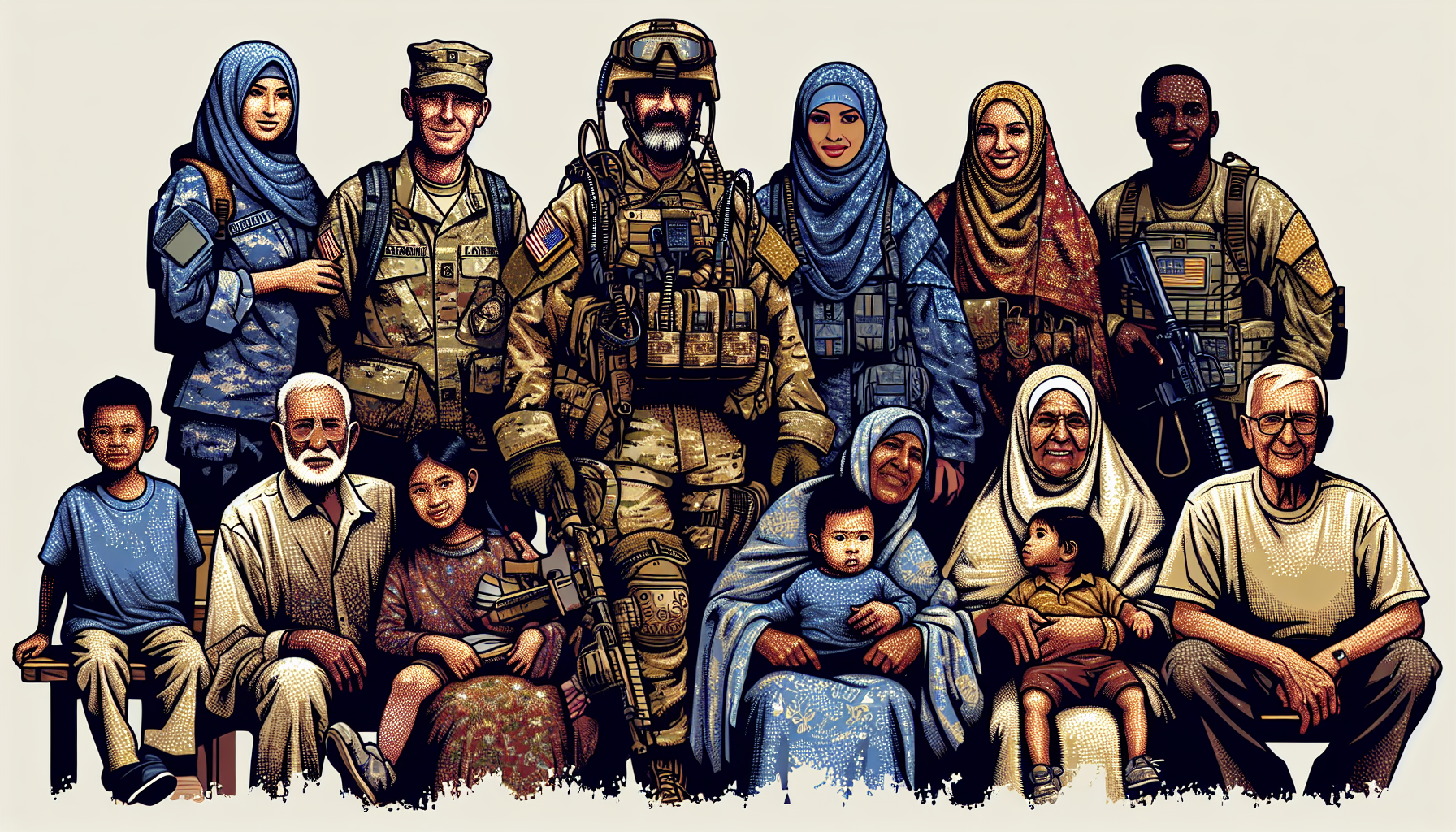Definition
In the context of VA benefits, “wear and tear” refers to the physical deterioration of a veteran’s prosthetic or orthopedic device due to its regular use. This term acknowledges that these devices might require maintenance, repair, or replacement over time. The VA provides assistance to cover such wear and tear costs, ensuring that veterans have functional devices to support their daily living.
Key Takeaways
- Wear and Tear refers to the natural decline in the physical condition and value of an item or property due to age, use, and normal deterioration.
- In the context of VA benefits, Wear and Tear is not typically covered as it is considered a natural and expected occurrence. Disability benefits are generally intended for service-related injuries and conditions.
- However, veterans may still be eligible for specific benefits or assistance if the Wear and Tear impacts their ability to work or maintain a suitable standard of living. It is always recommended to consult with a VA representative to determine eligibility.
Importance
The term “Wear and Tear” is crucial in understanding VA benefits, as it refers to the natural and progressive degeneration of a veteran’s body due to continuous physical activities or occupational demands during their military service.
This decline in physical condition often leads to a lower quality of life and reduced abilities to perform daily tasks, making veterans eligible for various benefits and compensation provided by the Department of Veterans Affairs.
Benefits such as disability compensation or healthcare coverage aim at mitigating the impact of wear and tear on veterans, acknowledging their sacrifices, and supporting their well-being after serving their country.
Explanation
Wear and Tear is a term used within the context of VA benefits to address the gradual deterioration of a veteran’s health or physical condition due to the natural aging process, compounded by the rigors of military service. Its primary purpose is to recognize and compensate veterans for the unique challenges they face due to the physically strenuous demands of their military service, which often cause them to experience more significant health issues in comparison to civilians.
While the term may not be explicitly mentioned in VA benefit policies, it serves as an underlying principle that acknowledges the cumulative impact of military service on a veteran’s overall health and well-being. This concept plays a crucial role when veterans apply for disability benefits, as it helps determine the level of compensation they are eligible for based on the degree of physical and mental wear and tear they have experienced.
The VA evaluates each veteran’s situation on a case-by-case basis, taking into account their specific service conditions, injuries, and illnesses. By understanding and giving weight to the concept of wear and tear, the VA aims to provide veterans with more fair and comprehensive benefits, taking into consideration the long-term consequences of their service.
Recognizing wear and tear as a factor in a veteran’s eligibility for benefits ultimately serves to better support and care for those who have sacrificed for their country.
Examples of Wear and Tear
The term “wear and tear” is not directly associated with VA Benefits. However, it can be used in the context of the wear and tear that a veteran’s body and mental health might have endured throughout their military service. When referring to VA Benefits, wear and tear might relate to the long-term physical and psychological consequences that veterans might need support for through VA benefits and services. Here are three examples:
Physical Injuries: A veteran may have sustained injuries during their service that resulted in wear and tear on their body, such as joint damage, back pain, or muscle strains. Through VA Benefits, they might have access to healthcare services, physical therapy, and potentially receive compensation for service-connected disabilities.
Mental Health: The psychological and emotional wear and tear from a veteran’s service, such as Post-Traumatic Stress Disorder (PTSD) or anxiety, can significantly impact their life post-service. Through VA Benefits, veterans can access mental health care services, including counseling and group therapy, to help them manage and cope with these issues.
Employment and Education: Wear and tear on a veteran’s body and mind can affect their ability to transition successfully to civilian life, either by impairing their capacity to obtain or maintain employment or pursue educational opportunities. VA Benefits offer services like the Vocational Rehabilitation and Employment (VR&E) program to assist veterans in seeking employment and the GI Bill to provide educational support.
FAQ: Wear and Tear VA Benefits
1. What is the Wear and Tear VA benefit?
The Wear and Tear VA benefit is a program that assists veterans to cover the cost of repairing or replacing prosthetic and orthopedic devices, including wheelchairs, which have experienced normal wear and tear due to daily use.
2. Who is eligible for the Wear and Tear VA benefit?
Veterans who have a service-connected disability that requires the use of prosthetic and orthopedic devices are eligible for the Wear and Tear VA benefit. This benefit is available to veterans who are enrolled in the VA health care system.
3. How do I apply for the Wear and Tear VA benefit?
To apply for the Wear and Tear VA benefit, contact your VA prosthetic representative or your primary care provider to start the application process. They will assist you in submitting the required documentation and will inform you if you qualify for the benefit.
4. Can I receive the Wear and Tear VA benefit for multiple devices?
Yes, if you use multiple prosthetic or orthopedic devices that have experienced wear and tear due to daily use, you can receive the Wear and Tear VA benefit for each device, as long as they are related to your service-connected disability.
5. How often can I receive the Wear and Tear VA benefit?
The frequency at which you can receive the Wear and Tear VA benefit depends on the specific device and the determination made by the VA during your assessment. Generally, the VA will evaluate your need for a replacement or repair every two to three years, but this may vary depending on the circumstances.
6. Does the VA provide support for repairing or replacing non-service-connected devices?
In some cases, the VA may cover the cost of repairing or replacing non-service-connected devices. To inquire further, contact your VA prosthetic representative or primary care provider to discuss your specific situation.
Related VA Benefit Terms
- Depreciation
- Maintenance Costs
- Service-Connected Disability
- Compensation Rates
- Disability Evaluation System
Sources for More Information
 Benefits.com Advisors
Benefits.com Advisors
With expertise spanning local, state, and federal benefit programs, our team is dedicated to guiding individuals towards the perfect program tailored to their unique circumstances.
Rise to the top with Peak Benefits!
Join our Peak Benefits Newsletter for the latest news, resources, and offers on all things government benefits.




















